MonaLisa Touch
We proudly serve women with the revolutionary MonaLisa Touch™ laser treatment. Designed to enhance feminine beauty and address concerns such as menopausal symptoms, vaginal dryness, and discomfort during intimacy, our skilled team is dedicated to providing transformative experiences tailored to each individual’s needs.

As women age, the natural decline in collagen and estrogen levels can lead to unwelcome symptoms associated with menopause. Among the most common are vaginal dryness and discomfort during intimacy. Additionally, women may notice an increased susceptibility to urinary tract infections (UTIs), bladder infections, and incontinence.
Our clinic offers the MonaLisa Touch™ laser treatment as a solution to address these symptoms of menopause, dyspareunia (pain during intimacy), and vulvovaginal atrophy (dryness). This fractionated CO2 laser treatment resembles your routine annual exam: it’s a quick, in-office procedure that requires no anesthesia, is hormone-free, and involves minimal discomfort. Rather than merely alleviating symptoms, the MonaLisa Touch™ targets the underlying causes, stimulating collagen growth and enhancing blood flow. This results in improved elasticity, hydration, and functionality, ultimately providing relief and restoring comfort.
What is menopause?
Menopause is a natural life-changing event for women. It is defined as the end of menstruation or more specifically, an entire year without menstruation. When menopause will occur is difficult to predict and varies greatly by individual. Most women experience menopause between the ages of 40 and 60 with the average age being 51. Menopause symptoms may occur during this transition. Some women experience medically, or surgically induced menopause, caused by either a hysterectomy, chemo, radiation or hormonal therapy which are common treatments for breast cancer.
What are the symptoms of menopause?
The symptoms of menopause can be unpleasant and life changing. By the time a woman reaches 40 or 50 she experiences a decrease in estrogen which can affect tissues including the vagina, vulva, uterus, breasts, bones, brain, skin, hair, heart, blood vessels, bladder, urethra and mucous membranes. Menopause symptoms include:
- hot flashes
- night sweats
- insomnia
- mood swings/irritability
- memory or concentration problems
- dryness or atrophy
- itching and burning
- heavy bleeding
- fatigue
- depression
- hair changes
- headaches
- heart palpitations
- sexual disinterest
- urinary changes
- weight gain
- dyspareunia (painful intimacy)
What is vulvovaginal atrophy?
The cause of atrophy (dryness) and dyspareunia (painful intimacy) is a decline in estrogen. Without estrogen, mucosal elasticity is lost and the tissue dries out becoming fragile and susceptible to injury. The patient can experience urinary incontinence, dyspareunia, dryness, itchiness, burning, prolapse and laxity or looseness will occur.
What causes decreases in estrogen?
Atrophy or dryness is caused by a decline in estrogen, which can occur:
- During breast feeding
- After the removal of ovaries (surgical menopause)
- After chemotherapy for cancer
- Following pelvic radiation for cancer
- After hormonal therapy for breast cancer
- Medications indicated for hormone receptive breast cancer
- Menopause (most common)
What treatments are available for dryness and pain?
HRT, Hormone Replacement Therapy, can relieve the symptoms of dryness and dyspareunia (painful intimacy) by boosting the estrogen levels enough to suppress symptoms. Short-term use of HRT carries little risk; however, studies have shown that long-term use (over 5 years) of HRT’s may increase a women’s risk of breast cancer. Some alternatives to HRT include the use of lubricants, birth control pills, testosterone, herbs, exercise, and acupuncture. Alternatively, the MonaLisa Touch™ laser has been FDA approved as a safe an effective treatment for relieving symptoms. This is a hormone free alternative for women who have been treated with chemotherapy, radiation and/or hormonal therapy for breast cancer. The laser has shown improvements greater than traditional HRT, Hormone Replacement Therapy. As with any anti-aging treatment, individual results may vary.
How does the MonaLisa Touch work?
Treatment with the MonaLisa Touch™ is non-invasive and requires no anesthesia. A probe is inserted into the vaginal canal delivering thermal heat to the deep layers of skin. This increases blood flow and stimulates collagen growth improving moisture and hydration without the use of lubricants and hormones. Patients can return to normal activity following a treatment session. Noticeable results occur after only 1 session but to be fully effective, a series of 3 sessions are necessary. Some patients may require 4-5 treatments depending on the severity of their condition. Each treatment session is 30 minutes and scheduled 6 weeks apart. Maintenance includes one annual MonaLisa Touch up procudure. As the aging process continues symptoms will gradually return. An annual touch up will protect your initial investment by avoiding repeating all 3 treatments. Individual results may vary.
Good for Women Who Experience:
- Women who wish to avoid the risks associated with hormone replacement therapy (HRT)
- Atrophy, dryness – usually menopausal or hormonally related
- Dyspareunia (pain during intimacy)
- A history of breast cancer, thrombophlebitis, or other contraindications to estrogen
- Poor responders to estrogen treatment
- Patients with the goal of returning to premenopausal vaginal health
Not Recommended for the Following:
- Women who have active infections (candidiasis, herpes genitalis, etc.)
- Undiagnosed lesions
- Pregnancy or the 3 months following pregnancy
- A history of radiation to the treatment area
- Patients who have had reconstructive pelvic surgery with “mesh kits” Caution is currently recommended for women with a history of “TVT” type sling for incontinence.
